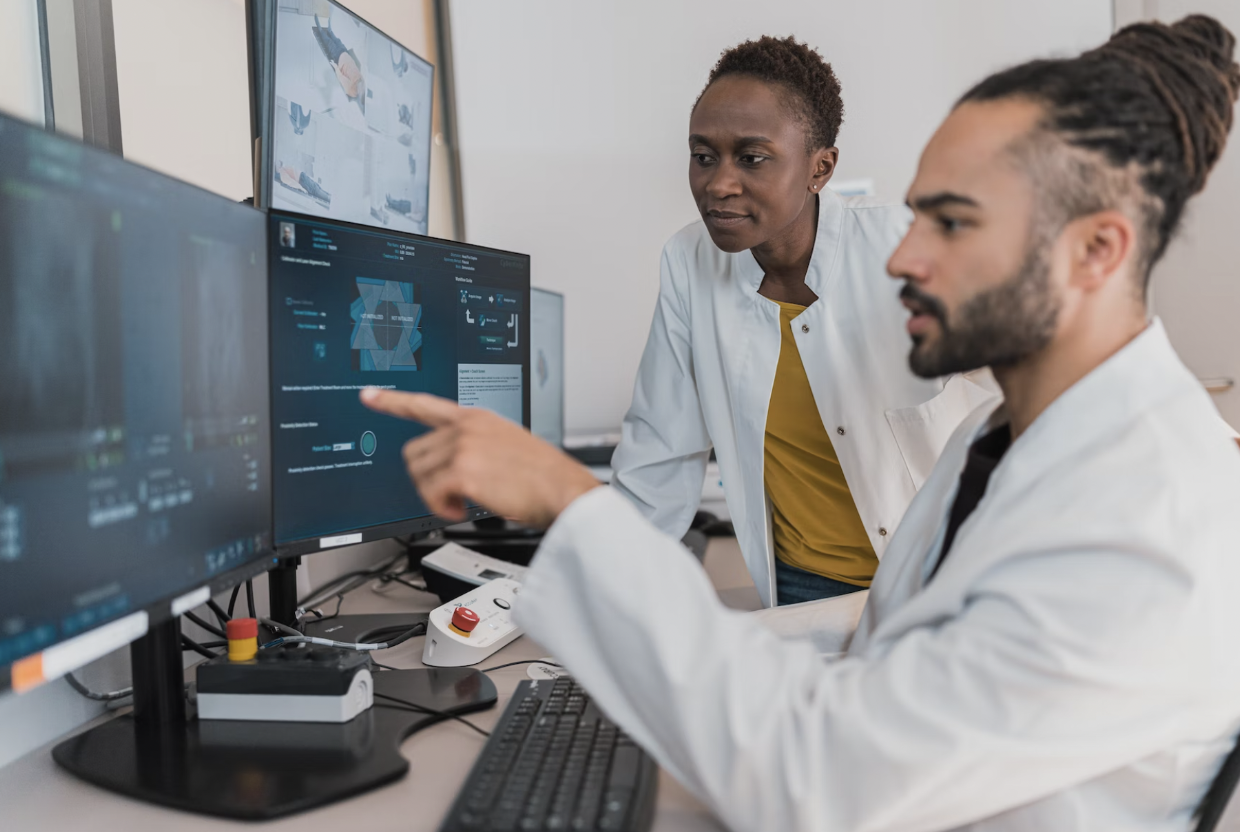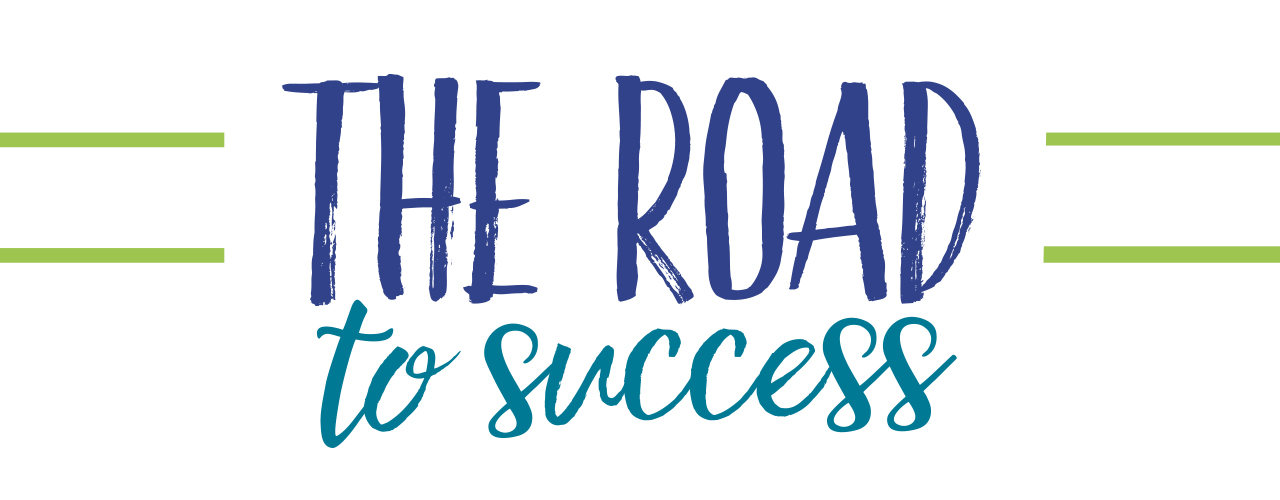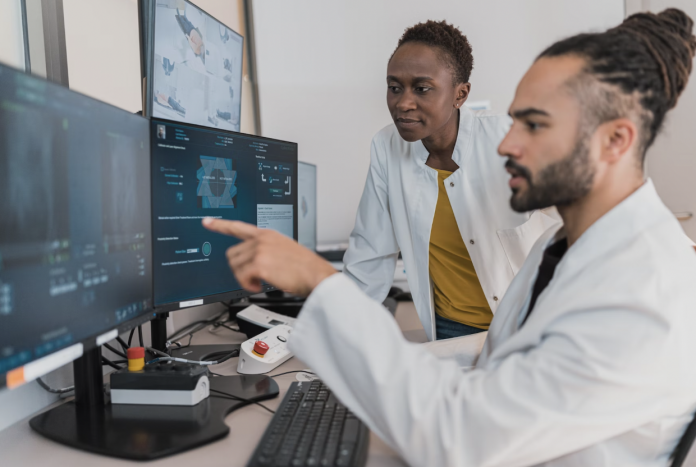Is Blockchain The Solution For Failing Global Healthcare?

#Blockchain #Solution #Failing #Global #Healthcare [ad_1]
With the myriad of threats humanity faces on the daily, the need for research and medicine, and healthcare has taken the forefront. During the pandemic, we have even seen the polar opposites of opinions by the population on the world of healthcare. Where most of them turned to science while there was a segment of the population that rejected modern medicine due to various reasons, everything from belief systems, to lack of trust, to medical care being too expensive. Although the demand for healthcare has substantially increased we have seen the trust in global healthcare decrease due to systemic transgressions. With this situation at hand, we will see how a subject like blockchain can make space in the functionality of healthcare.
In the world of healthcare, blockchain occupies a special place of service that the MIT tech review likes to call the intersection between hope and hype. Hence for the rest of this read, we will be venturing into this space and exploring the different ways where blockchain technology and the world of healthcare intersect.
In the realm of medicine, prescription and patient data must be made confidential to avoid any breach of privacy and then be distributed to hospitals and clinics. How is one able to organize all this data securely and safely? A modern solution has risen in the form of blockchain technology. In this article, we will explore the advantages and mechanisms of implementing blockchain technologies in the world of medicine and healthcare.
Before we get into the technicalities and the intricacies of problems being solved in the medical world, let’s first do a quick revisit on what exactly is blockchain.
Note: Click here to read more informative updates about the world of blockchain technology.
What is blockchain?
In simple words, blockchain is a collaborative ledger of transaction records that cannot be tampered with. Its name comes from the information being stored in blocks, each one of which has a specific and unique hash identifier which is then connected and each has the hash of the previous block of information. This structure of the arrangement of information allows any changes or modifications done to the block very difficult to hide since all the connected blocks will be modified as a result. Hence it makes a great place to store vital information that you don’t want to be tampered with or changed. In order to add a new block to the blockchain the request for addition is sent to every participant or node in the network to get validated. The nodes even may receive a reward for their work which is usually in the medium of cryptocurrency. The block is then added and an updated version of the blockchain is now sent throughout the network to notify of the changes made.
Now comes the question, how can blockchain technology aid in healthcare? Let’s explore.
Blockchain technology in healthcare
Transparency
Blockchain can be a vital asset to organize supply chains with authentic origins and prevent counterfeit prescriptions and devices from harming the unaware public. The entire manufacturing process of manufacturing to the obtainment of the medication by the patient is made transparent using blockchain and verification at each step can be done to preserve the security of medications information. For example, a pharmacy can review and validate if a medicine manufacturing unit or warehouse and its shipping method were up to the standards and if so authorize it and release it for patient use.
Contact tracing
Contact tracing is a key strategy used by healthcare officials during endemics and pandemics to help slow the spread of disease. Upon diagnosis, contact tracers will direct people to services that can help them deal with the situation at hand and isolate them properly in order to prevent the further spread of the virus. In addition, anyone that has been a primary contact with the person diagnosed will be notified and informed about the possible exposure and will be appropriately directed with further instructions and information. Throughout this entire process, it is important to keep in mind that the name of the individual is kept private and confidential.
Blockchain can also be used in contact tracing by allowing sharing of disease diagnoses between doctors and patients or even doctors and other doctors. Features such as decentralization, delayed time stamps, and delayed location data help to increase patient privacy while continuing to efficiently notify individuals of the condition diagnosis.
Electronic medical records
This is perhaps the most important part of the healthcare sector that blockchain could revolutionize. Instead of hard copy records that potentially get into the wrong hands and could be damaged over time or transfer of data via email or mail, all medical records are now online and encrypted. If the records need to be transferred to a different area of the hospital, switch between doctors, or transferred to another healthcare location, setting up a medical record blockchain would allow patients to securely own their own data and have the validity of the data be verified by healthcare providers through query of the blockchain on whether the patient’s locally stored encrypted information correctly corresponds to the encrypted information on the blockchain there is very little risk in the information being intercepted by someone else thanks to the blockchain encryption and privacy features. The security of the mechanism is further enhanced by the decentralized identifiers and self-sovereign identity. Decentralized identifiers allow for a verifiable but decentralized digital identity while self-sovereign identity gives people control over their digital identities. All in all blockchain technology can work to organize and protect confidential patient information by allowing the patient to control their own data in a self-sovereign identity ecosystem, this system is independent and does not rely on a single third party for validation, rather the data can be distributed into decentralized chains where the data is in multiple locations thereby preventing tampering and manipulation.
Clinical Trials Data
A big part of innovation in the world of healthcare is experimentation and research. With the daily increase in potentially harmful diseases and pathogens posing viable threats to humanity, testing and trial of medication hold an upfront place in the importance of the approval of medical inventions.
In research there is always baseline information taken into consideration and further research is done based on this information. It is important to note that this baseline information throughout the research is to remain untouched and here is where the use of blockchain comes into use. The initial data or non-variables in the research are stored in the blockchain and hence any further research done will confirm the validity of the research. This avoids any kind of malpractice where the readings and details of the research are tampered with to suit the final outcome even when there is an exchange of information among scientists and researchers. Hence any kind of clinical data is preserved of its research sanctity through blockchain.
Hence we see that blockchain has the range and versatility in making itself useful in both the world of finance and business, to the world of healthcare. As time evolves there will be more acceptance and usage of blockchain technology as a reliable intervention and hence will find more of its functionality in the nooks and corners of systemic processes in the world of healthcare. Thus making the world of healthcare a more reliable and foolproof industry.
Image source:
Image 1: Accuray on Unsplash
[ad_2]
Source link

